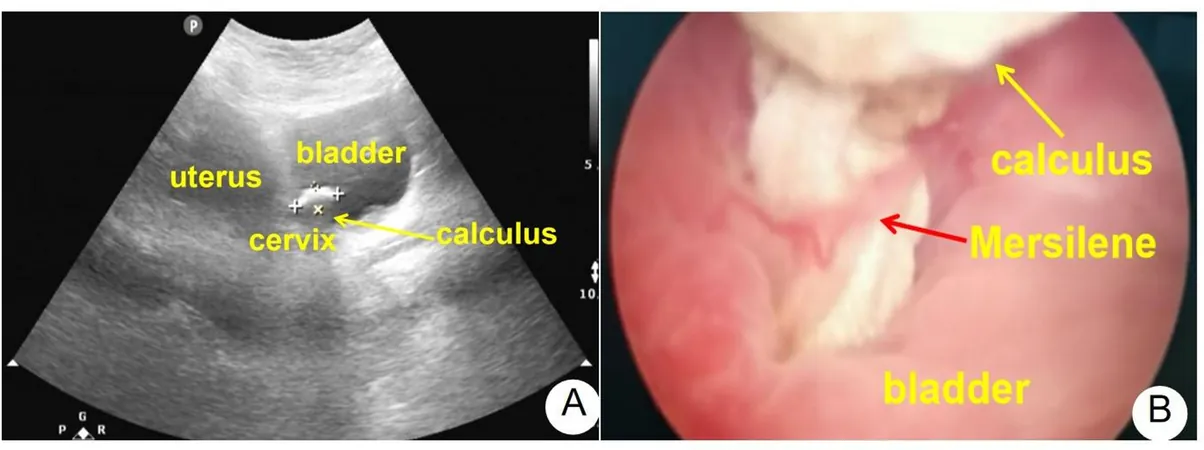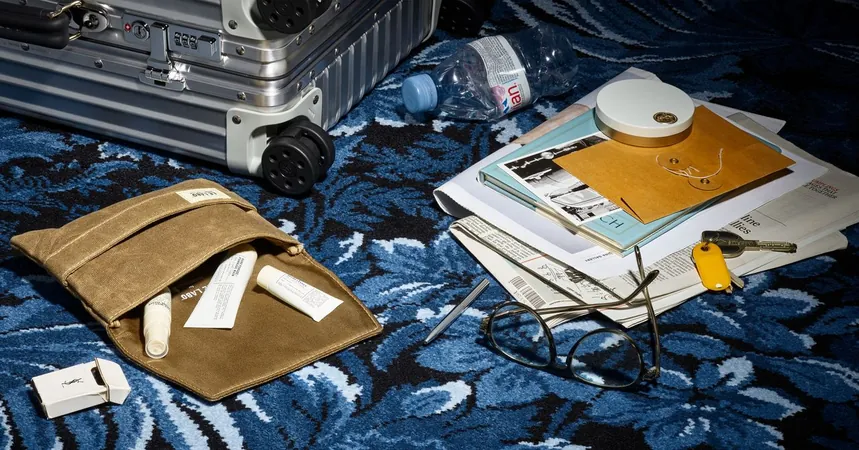
Gender Disparities in Lung Transplant Waitlists: A Global Concern Unveiled
2025-01-09
Author: Siti
A groundbreaking study from France has revealed a concerning trend in lung transplant waitlists: women are consistently at a disadvantage compared to men.
The study, led by Dr. Adrien Tissot from Nantes University Hospital, highlights that women wait an average of 115 days for a lung transplant, a stark contrast to the 73 days for men.
Alarmingly, women are also less likely to receive a lung transplant, with only 91.7% undergoing the surgery compared to 95.6% of men.
The research, published in *ERJ Open Research*, indicates a paradoxical outcome—despite the longer wait times and lower rates of transplantation, women who do receive a lung transplant tend to have better survival rates post-operation.
The 1, 3, and 5-year survival statistics reveal that 83%, 73%, and 70% of women are alive after these periods, respectively, compared to 79%, 69%, and 61% of men.
Dr. Tissot urges healthcare professionals and policy-makers to recognize these gender differences, emphasizing that the current allocation policies may require significant reevaluation.
She suggests that earlier listings for women and an overhaul of the donor lung allocation system could help bridge this gap.
The implications of this research extend beyond France.
The findings align with similar patterns observed in the United States, where data from the United Network for Organ Sharing (UNOS) revealed that women were more likely than men to die or become too ill to undergo transplantation within three years of being placed on the waitlist.
The gender disparity is particularly troubling as both the UNOS system and European lung transplant registries show a preponderance of women on lung waitlists—60% and 58%, respectively.
Dr. Michael Perch, Chair of the European Respiratory Society's Group on Lung Transplantation, stresses the importance of understanding these disparities to improve patient care and reduce waiting times for women.
Factors contributing to the extended waiting periods may include differences in health literacy, socioeconomic status, immunology, and mismatched donor-recipient sizes.
Interestingly, the researchers found that women undergoing oversized lung transplants do not experience worse survival outcomes.
This raises questions about the focus on size and gender matching, suggesting that such criteria may hinder women’s access to life-saving surgeries.
In France, the current size matching criteria rely primarily on height and sex.
The Tissot-led team argues for a shift towards using the donor-to-recipient predicted total lung capacity ratio, which could enhance accuracy in matching and potentially improve survival rates for female recipients.
The comprehensive study analyzed data from 1,710 participants who were waitlisted for lung transplants from 2009 to 2018.
Most subjects had chronic obstructive pulmonary disease or emphysema, with women entering the waitlist at a younger average age (47 years) compared to men (54 years).
Notably, women exhibited better exercise capability and had fewer comorbid conditions, though they presented with more pre-transplant anti-human leukocyte antigen antibodies.
As the research unveils stark gender inequalities in lung transplantation, it raises an urgent call to action for stakeholders to advocate for policies that ensure equitable access to life-saving transplants, ultimately reducing the mortality risk for women on the waiting list.
The findings serve as a critical reminder that disparities in healthcare still exist and need addressing on a global scale.



 Brasil (PT)
Brasil (PT)
 Canada (EN)
Canada (EN)
 Chile (ES)
Chile (ES)
 Česko (CS)
Česko (CS)
 대한민국 (KO)
대한민국 (KO)
 España (ES)
España (ES)
 France (FR)
France (FR)
 Hong Kong (EN)
Hong Kong (EN)
 Italia (IT)
Italia (IT)
 日本 (JA)
日本 (JA)
 Magyarország (HU)
Magyarország (HU)
 Norge (NO)
Norge (NO)
 Polska (PL)
Polska (PL)
 Schweiz (DE)
Schweiz (DE)
 Singapore (EN)
Singapore (EN)
 Sverige (SV)
Sverige (SV)
 Suomi (FI)
Suomi (FI)
 Türkiye (TR)
Türkiye (TR)
 الإمارات العربية المتحدة (AR)
الإمارات العربية المتحدة (AR)